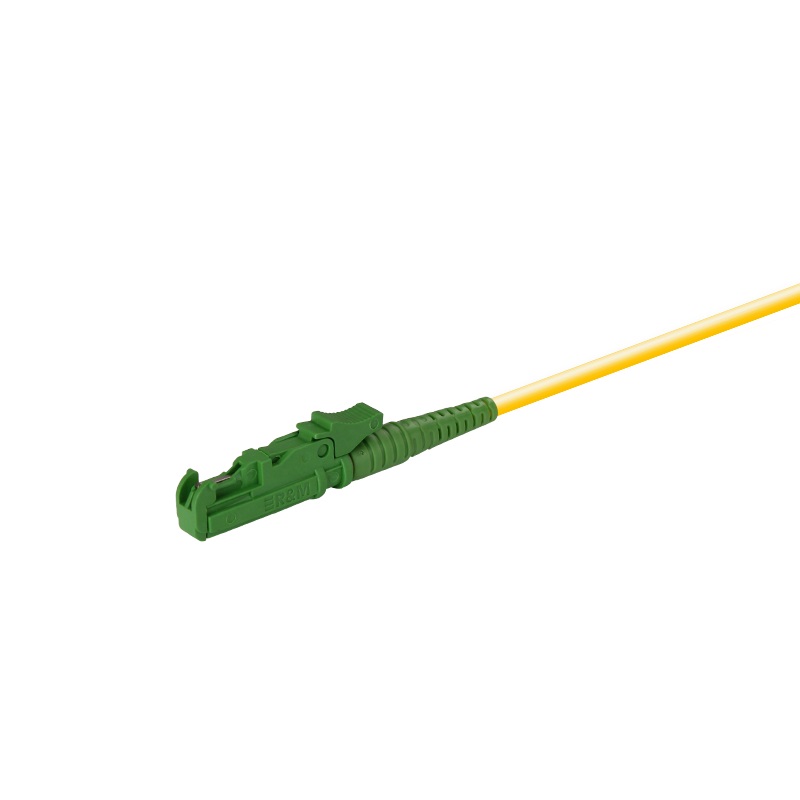What’s The Difference of ODF, Fiber Termination Box, Fiber Distribution Box?
The post titled “What’s The Difference of ODF, Fiber Termination Box, Fiber Distribution Box?” succinctly explains the distinctions and unique characteristics of three key components in fiber optic networks: the Optical Distribution Frame (ODF), Fiber Termination Box, and Fiber Distribution Box. The ODF is highlighted for its central role in organizing and safeguarding fiber connections and facilitating efficient management and scaling of complex networks. The Fiber Termination Box, noted for its smaller size, is tailored for terminating fiber optic cables in limited spaces, offering simplicity and ease of installation. Conversely, the Fiber Distribution Box is designed for robust outdoor or indoor use, distributing fiber connections to multiple endpoints. Each device’s pivotal features and advantages are succinctly outlined, providing valuable insights for network professionals aiming to optimize their fiber optic infrastructure.
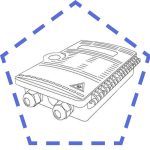 Fiber Optic Termination Boxes
Fiber Optic Termination Boxes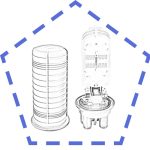 Fiber Optic Splice Enclosures
Fiber Optic Splice Enclosures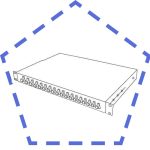 Fiber Patch Panels
Fiber Patch Panels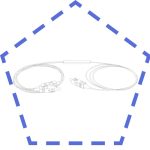 PLC Splitters
PLC Splitters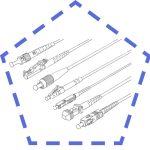 Fiber Optic Pigtails
Fiber Optic Pigtails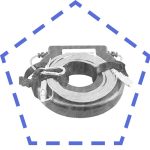 OTDR Launch Cables
OTDR Launch Cables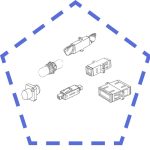 Fiber Optic Adapters
Fiber Optic Adapters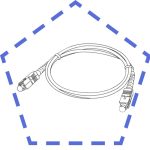 Fiber Optic Patch Cords
Fiber Optic Patch Cords